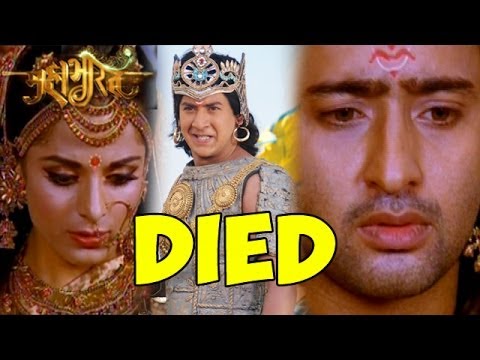



A long discussion ensues between the siblings, establishing criteria like proportionality (chariots cannot attack cavalry, only other chariots no attacking people in distress), just means (no poisoned or barbed arrows), just cause (no attacking out of rage), and fair treatment of captives and the wounded. In the story, one of five brothers asks if the suffering caused by war can ever be justified.
/vidio-web-prod-media/uploads/2141528/images/ets2_hq_ETS2d2cdcab74ef01738_640x360-00260.jpg)
Confirm this and also gives 950 BCE for the Bharata battle.The reunion The Mahābhārata mentions that Karna, the Pandavas, Draupadi and Dhritarashtra's sons eventually ascended to and 'attained the state of the ' and banded together - 'serene and free from anger.' Themes Just war The Mahābhārata offers one of the first instances of theorizing about, ', illustrating many of the standards that would be debated later across the world. Used the same approach with a more conservative assumption of the average reign to estimate a date of 836 BCE, and correlated this with archaeological evidence from (PGW) sites, the association being strong between PGW artifacts and places mentioned in the epic. Pargiter accordingly estimated 26 generations by averaging 10 different dynastic lists and, assuming 18 years for the average duration of a reign, arrived at an estimate of 850 BCE for Adhisimakrishna, and thus approximately 950 BCE for the Bharata battle. Of the second kind are analyses of parallel genealogies in the Puranas between the times of Adhisimakrishna ('s great-grandson) and. However, this would imply improbably long reigns on average for the kings listed in the genealogies. Of the first kind, there is the direct statement that there were 1015 (or 1050) years between the birth of (Arjuna's grandson) and the accession of (400-329 BCE), which would yield an estimate of about 1400 BCE for the Bharata battle.


 0 kommentar(er)
0 kommentar(er)
